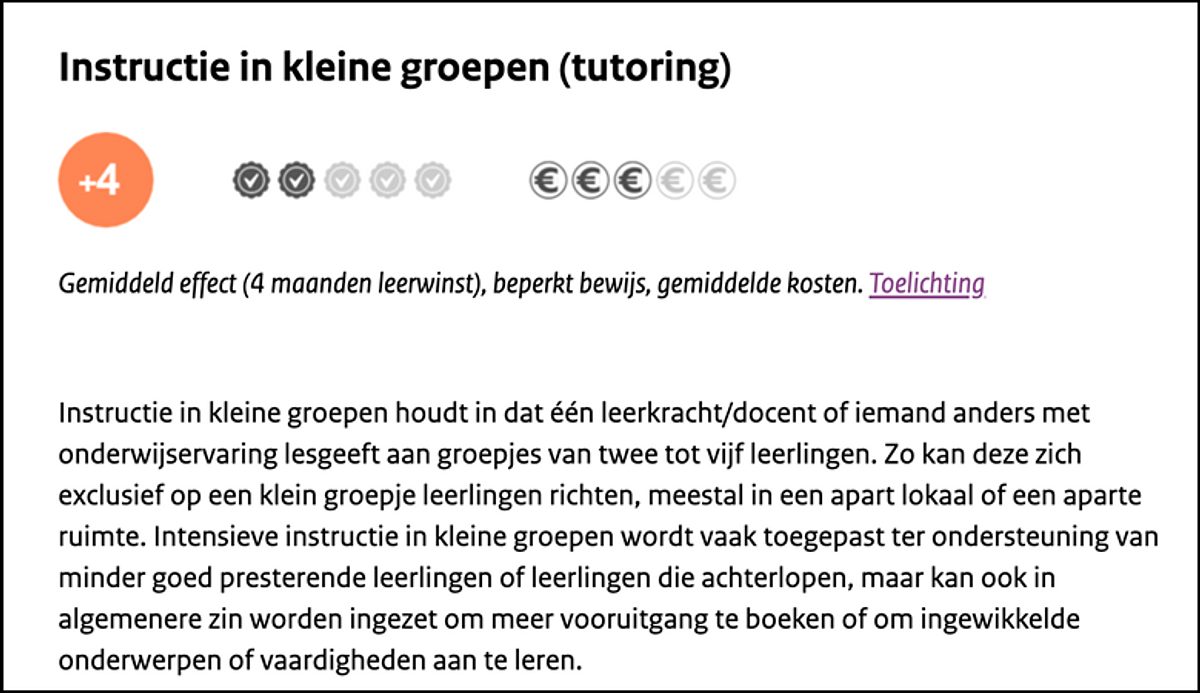Education recovery – can England learn lessons from abroad?
Back
This post was initially published in June on the Education Endowment Foundation's blog here. The EEF is an independent charity dedicated to breaking the link between family income and educational achievement via research into teaching and learning.
In the wake of the recovery announcement, there has been much discussion on the comparison of per-pupil spend between England and other education systems – most notably the Netherlands and USA. Both countries are spending more per pupil on their education recovery efforts, but how are they spending their recovery money and are there any lessons England can learn from international comparisons?
USA – the American Rescue Act
Education is a key element of the American Rescue Act. It is, however, important to separate the distinction between “recovery” and “re-opening”. Part of the funding is allocated to ensure schools can re-open safely – including improvements to ventilation and access to PPE
Most of the recovery funding will be distributed by state governments to district school boards. Some uses of the funding include:
- Avoiding lay offs and hiring additional educators to address learning loss, providing support to students and existing staff, and providing sufficient staffing to facilitate social distancing.
- Implementing strategies to meet the social, emotional, mental health, and academic needs of students hit hardest by the pandemic, including through evidence-based interventions and critical services like community schools.
- Funding summer, afterschool, and other extended learning and enrichment, with $1.2b of the funding specifically allocated to after school provision.
The funding also included a focus on building the evidence base around both learning loss and evidence-based approaches to recovery. The Institute for Educational Sciences was awarded $100m to support recovery.
The USA has adopted a broad recovery approach, which includes a clear focus on staff capacity, and aim to address outcomes outside attainment. It includes the specification of some approaches, including extending school time and summer schools. The regional and local school structures of the USA, however, make it hard to compare directly with the English education system
The Netherlands’ school system offers a contrasting approach with high levels of school autonomy
Netherlands – National Education Program
The Dutch approach gives funding directly to school boards, who work with their schools to design recovery plans. Schools are expected to go through a number of steps to successfully plan, implement and monitor their strategy:
- Identifying the challenges that their pupils are facing (known as “mapping). A combination of questionnaires and diagnostic assessment are used to identify the areas in which the investment should be spent.
- Developing a multi-year strategy that uses evidence-based approaches to support pupils.
- Continued monitoring of the approaches to assess their efficacy.
Evidence plays a critical part in the multi-year strategy agreed between schools and the school board. A menu of broad evidence-based interventions are provided to schools, based on the EEF’s Teaching and Learning Toolkit and other sources of evidence. The full list can be found here, and options include:
- Adding more education – including extending school time, summer schools
- More effective use of education– including targeted responses like small group tuition, as well as pedagogical approaches like delivering effective feedback or reading comprehension strategies
- Social and emotional learning and physical development – which includes wellbeing interventions as well as cultural experiences and sport
- Development of executive functions – which includes metacognition and collaborative learning
- Extra deployment of staff and support – teaching assistants and reducing class size
- Facilities and preconditions – schools can spend money on underlying facilities or infrastructure, such as providing digital technology, but only when used in combination with other interventions from the list
Under the main headlines, evidence summaries describe the average impact, cost and security of the evidence of each approach to support schools in selecting strategies that are appropriate for their context. For example, the evidence from the EEF Toolkit is summarised for small group tuition, under ‘More effective use of education’.

Lessons for England?
Aside from the sheer amount of money invested in education from both countries, it is interesting to reflect on the use of evidence in international approaches. The approach of the Netherlands, in particular, demonstrates the possibility of putting evidence in the hands of schools and allowing them to use professional expertise to apply it to their contexts and pupils
By combining evidence, funding, and the expertise of teachers, other systems are showing us what a genuine school-led recovery might look like.
Jonathan Kay, author of this post, is Head of Policy at the EEF.

